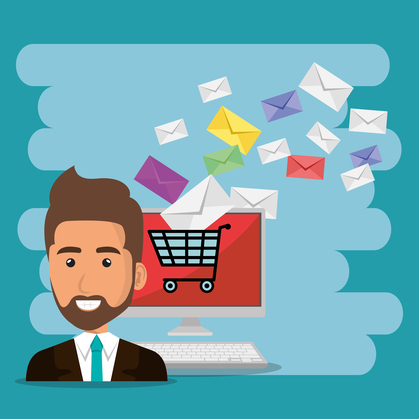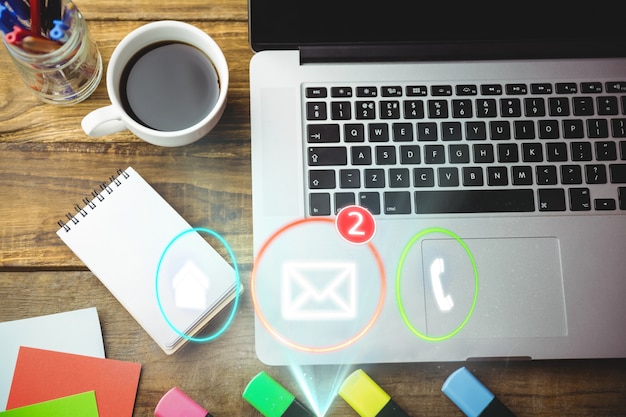
With digital marketing, an effective tool is email in general, though its back-up metric, the email bounce rate, must be within constant watch. A high bounce rate can now harm your sender reputation, impact deliverability, and ultimately waste resources. It’s crucial to understand bounce rates and develop effective email list cleaning techniques to greatly heighten the probability of success with email marketing.
What is an Email Bounce Rate?
Email Bounce Rate: the percentage of undeliverable emails, or in other words, a percentage of emails that could not reach the recipient’s inbox. There are two categories; soft bounces and hard bounces.
Soft Bounces: these are often caused by emails reaching the recipient’s mail server before it returns before it can be delivered. These are often a result of temporary reasons like a packed inbox or server downtime.
Others include Hard Bounces: which indicate permanent failure because possibly your email address is invalid or not in use anymore.
In some cases, a high bounce rate leads to numerous negative effects on the sender’s reputation, lower deliverability rates and even blacklisting by ESPs.
Why Do Email Bounce Rates Matter?
A low bounce rate ensures your emailing list is healthy. Your ESP monitors the bounce rate of any message you send. Any bounce rate over 2% triggers red flags, which may lead to throttling or suspension of your email account. Furthermore, extremely high bounce rates distort your campaign metrics, indicating a poor idea of how your marketing campaigns perform. But cleaning the Email list by yourself may prove cumbersome and therefore you can hire Email list cleaning services in USA for optimal email campaigns with least bounce rates.

Good List Cleaning Techniques
1. Frequent List Clean-Up
Maintaining a healthy email list, updating, and deleting unengaged, inactive, or invalid subscribers reduce the bounce rate. Schedule regular list clean-up periods, say, monthly or quarterly, to keep your list fresh and updated.
2. Double Opt-In
Applying a double opt-in can be one of the best ways to significantly reduce hard bounces since the method requires that users actually confirm their email address after signing up. Not only does this ensure the validity of the address, but it also boosts engagement since subscribers become much more likely to be genuinely interested in your content.
3. Monitor levels of engagement
Monitor the engagement metrics of the subscribers. If a subscriber hasn’t opened and clicked on your email after several months, it’s likely that you can clean these email ids from your list. A smaller list of engaged subscribers will usually perform better than a large list of unresponsive ones.
4. Segment Your List
It helps you to categorize your messages towards a targeted audience. And itself can even increase engagement rates while reducing those pesky bounce rates. Segmenting groups by subscribers based on behavior, preferences, or demographics increases the relevance of the content toward the recipient, which increases the possibility of their engagement.
5. Email verification services
It can minimize bounce rates to almost negligible levels. These services verify the validity of an email address before you even send out a campaign. This way, you become aware of non-existent or temp addresses before you send campaigns so you can clean up your list proactively. For example, Premium MSP allows you to verify in real-time so that your email list remains clean at all times. Read More here about : How AI and Automation Are Transforming Lead Generation.
6. Keep a vigil on hard bounces and remove them
Every time you have a hard bounce, you need to delete that address off your list immediately. You do not want to keep sending to invalid addresses, as this will damage your sender reputation. Keep track of your bounce rates after every campaign and clean your list with the regular hard bounces occurring.
7. Maintain Compliance
Ensure that your email practices are also in step with CAN-SPAM Act or GDPR. Ensure opt-outs are easy for the subscriber. Not only does this clean up your list, but it will also serve to preserve the good image of your brand.
8. Optimize Email Content
High bounce rates might be due to very poorly optimized email content or deliverability issues. Sometimes bad sender reputation, bad and unused servers, or low reputation associated with your email address is also responsible. The content must always follow best practices, such as:
– No spammy subject line
– Professional and recognizable sender name
– Relevant and engaging content
9. Clean and Send Analysis
Clean your lists and send campaigns. Now, analyze those results. Look at the open rates, click-through rates, bounce rates and so forth to see what’s working. Adjust accordingly based on data-driven insights. Read More here about : Essential Tools You Need for Success in Lead Generation.
Conclusion
Reducing your email bounce rates is an important part of keeping your campaign successful. Implementing proper list cleaning, from regular maintenance to the verification services themselves, monitored engagement, and regulation compliance, will enhance deliverability and improve your campaign’s overall performance. Premium MSP is one such email list cleaning service provider in the USA. An email list cleaner maintains a more engaging list and develops stronger, more robust relationships with subscribers that can increase conversion and business growth.

